The Red Envelope: Billkin and PP Krit’s Take on a Love Story Beyond the Grave
In a cinematic landscape saturated with remakes, reboots and sequels, you might ...

Bond Street tube station in London was temporarily renamed “Burberry Street” as a marketing move during London Fashion Week. This caused confusion among both tourists and locals. The campaign, which featured “Burberry Street” signs, gained popularity on Instagram as people wanted to take selfies with them, potentially benefiting the 167-year-old Burberry brand. The phenomenon of Burberry’s London Fashion Week presentation served as a striking parallel to this branding spectacle, encapsulating the essence of a fashion industry undergoing transformation.
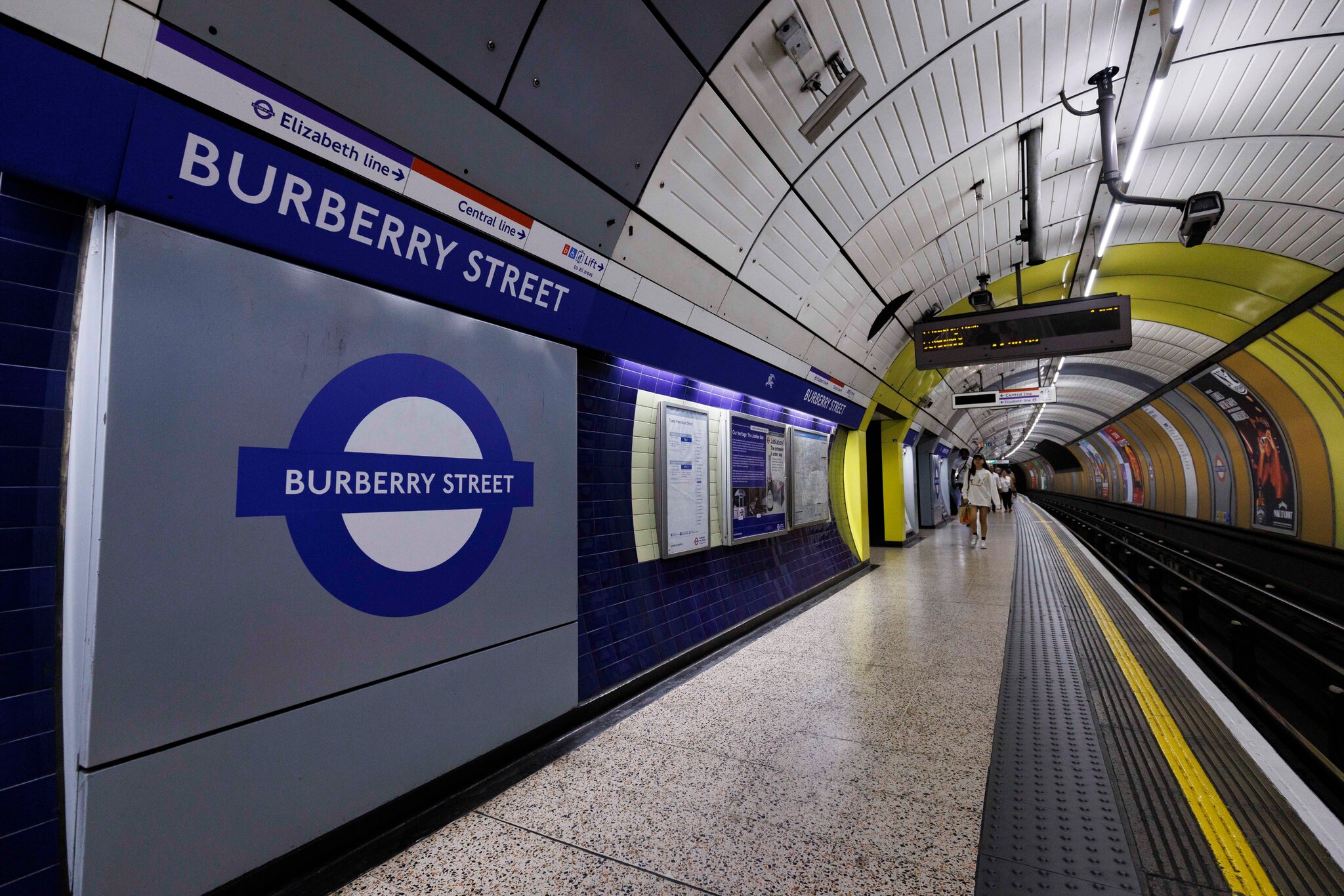
Photo: Courtesy of The New York Times
In recent years, fashion houses have been favouring flat, minimal, sans-serif wordmarks for their logo designs. Burberry, one of the pioneers in adopting this style in 2018, has taken a bold step by reverting to a new “archive-inspired” sans-serif look, going back to its roots. They’ve also brought back their 1901 ‘Equestrian Knight Design’ symbol. This change coincides with the appointment of the new chief creative officer, Daniel Lee who once successfully rebranded Bottega Veneta. However, it’s the new wordmark that’s generating buzz, as it breaks away from the prevailing trend of clean, homogenised fashion logos that have been criticised for making brands look alike. It’s worth noting that while major rebranding efforts have been relatively infrequent, subtle changes in brand positioning, advertising campaigns, and design aesthetics have occurred throughout the brand’s history in response to shifts in leadership, market dynamics, and fashion trends.
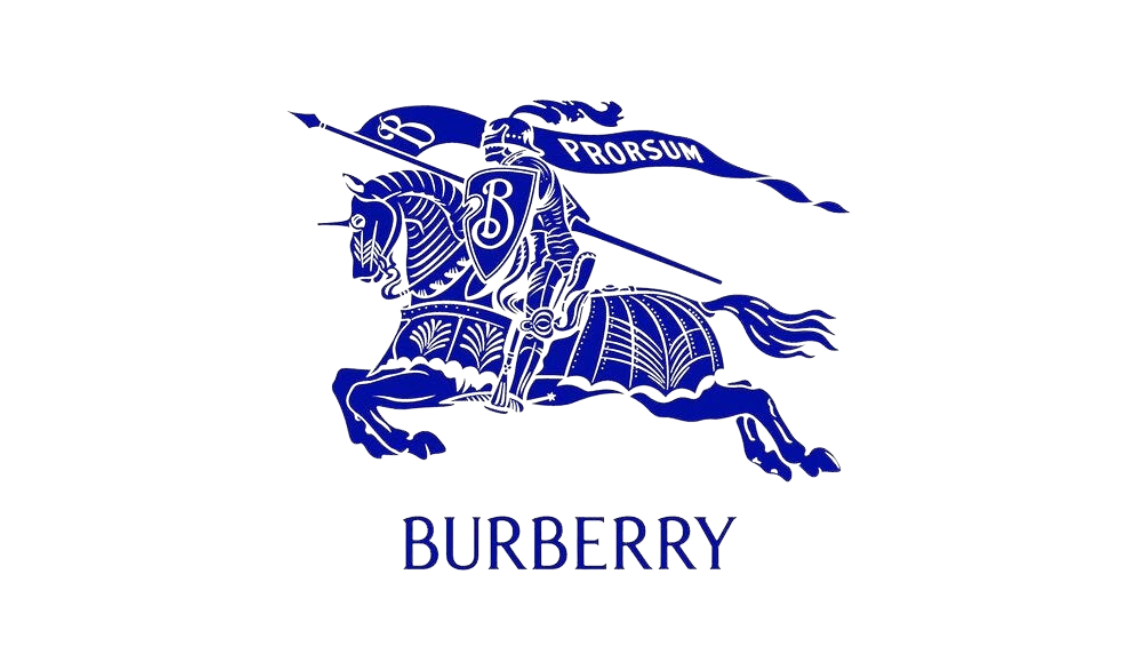

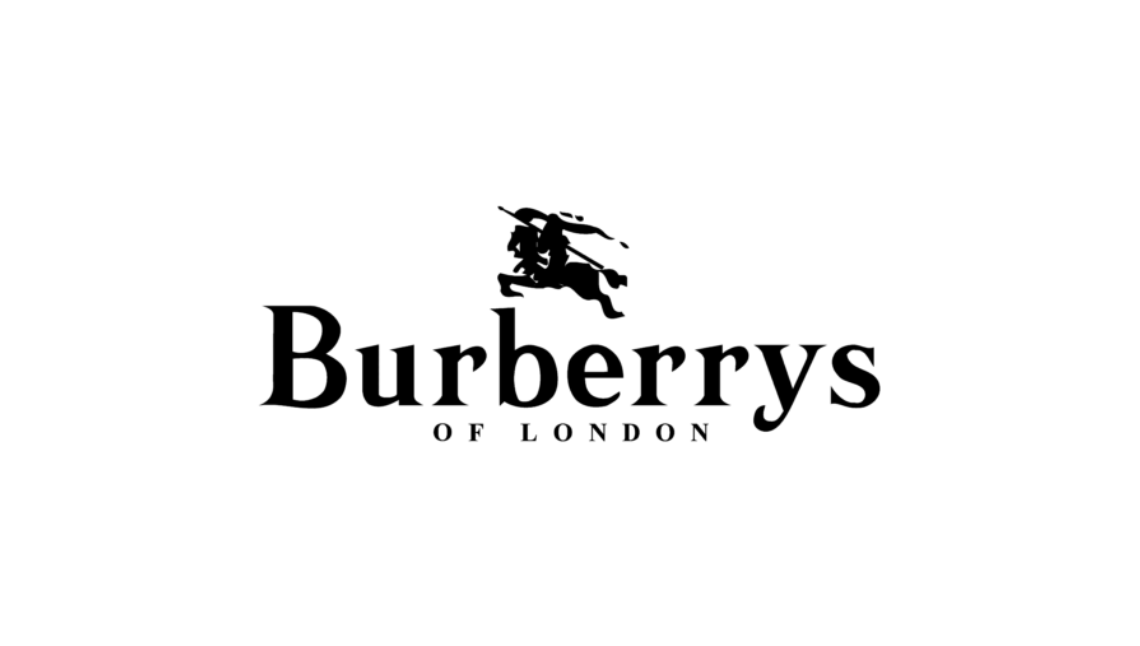
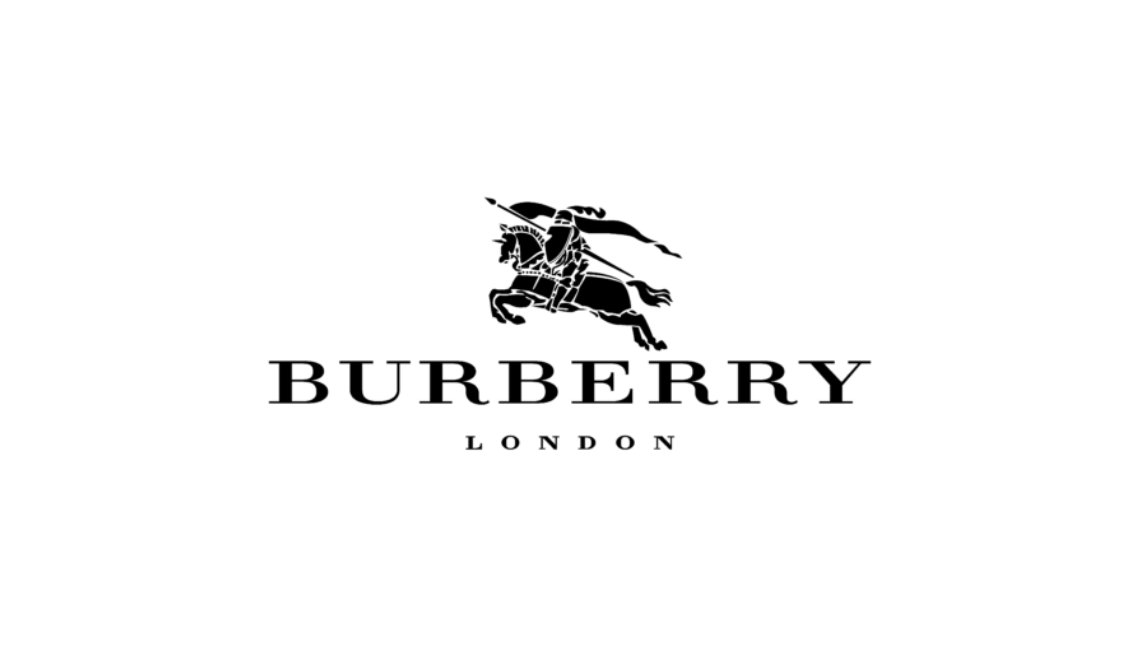
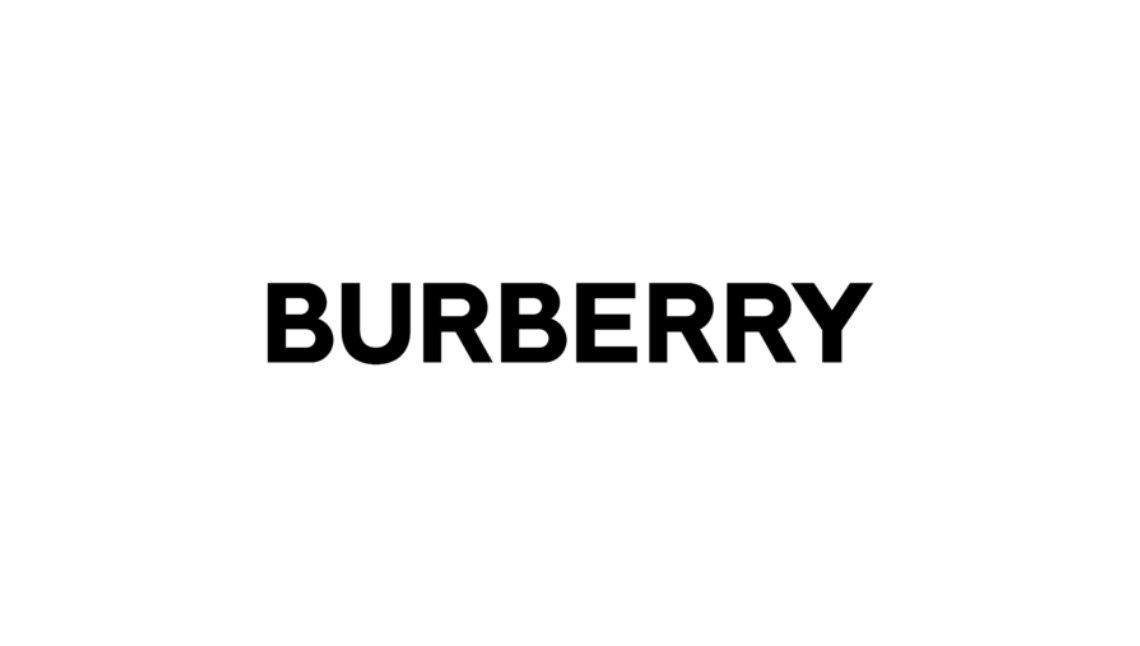
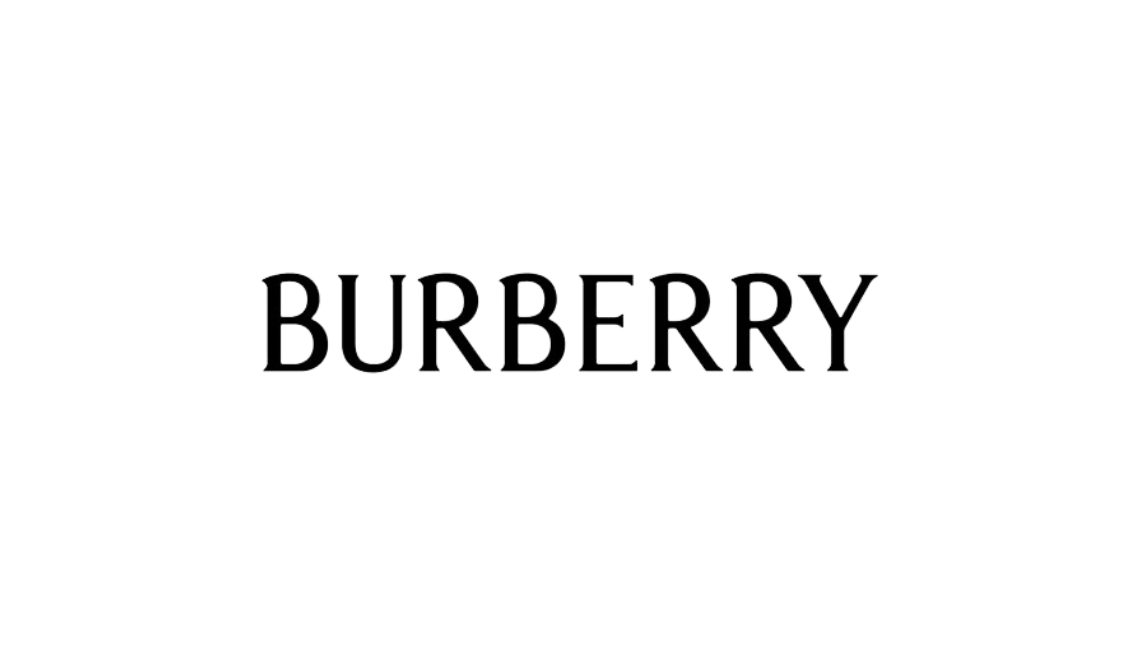
The logos: Courtesy of 1000 logos

Daniel Lee Photo: Courtesy of TOMMY TON
However, each time a brand as influential as Burberry undergoes a significant rebrand, it can have implications in terms of sustainability, consumer perceptions, and industry trends. While many fashion brands have undergone rebranding or refreshes to some extent over the years, some brands have been notable for their evolving identities, either due to changes in creative direction, market positioning, or the need to adapt to modern sensibilities. “Rebranding” can be a broad term in the fashion world. While logo and name changes are the most evident, changes in creative direction, design aesthetic, or advertising campaigns can also constitute significant brand shifts. Here are a few:
Originally Yves Saint Laurent, the brand saw major changes under Hedi Slimane, including the name drop. In its history, it’s had 2-3 major shifts, especially in its logo and overall aesthetic.
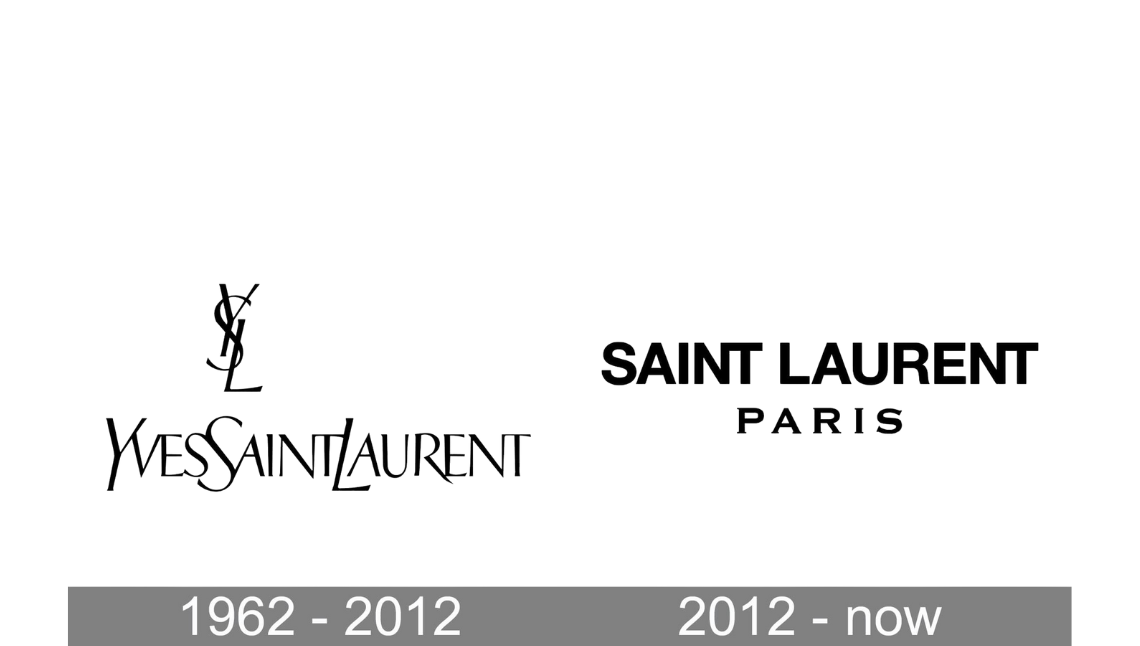
Also affected by Hedi Slimane’s influence, Celine saw its accent dropped and its style changed. While the brand has maintained a consistent identity for much of its history, it’s seen 2 major shifts, especially in recent years.
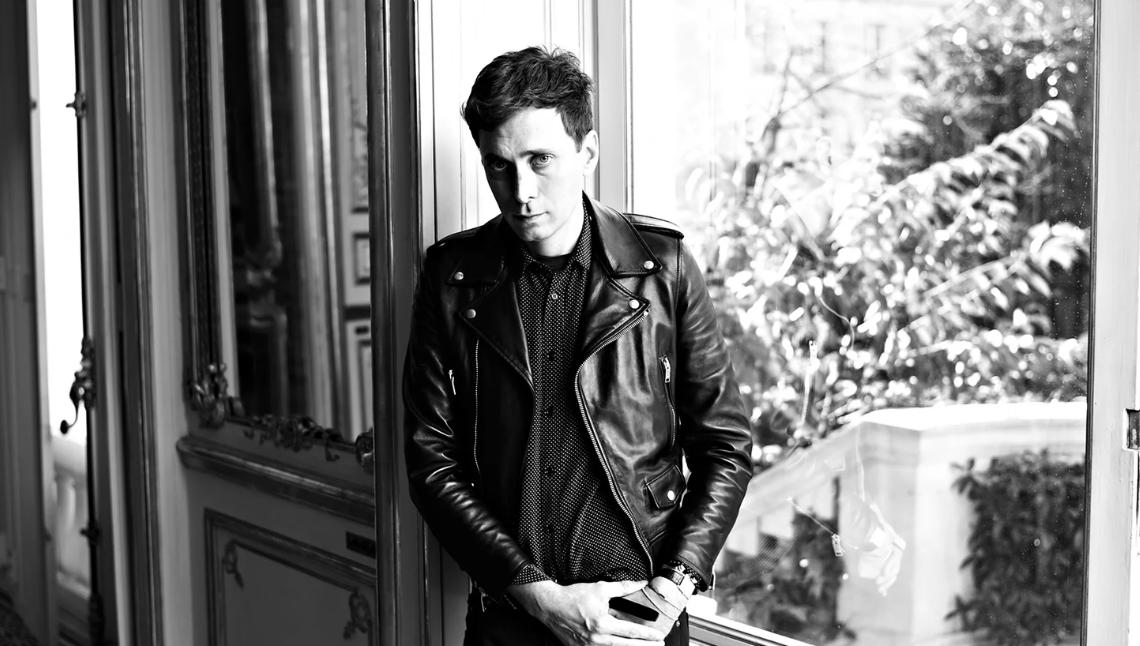
Hedi Slimane Photo: Courtesy of Getty Images
Although such rebranding efforts may appear to focus on aesthetics and brand identity, they inadvertently contribute to resource depletion, consumerism, and supply chain disruptions, all of which run counter to the ethos of sustainable fashion. Here’s a closer look at why these rebranding efforts challenge sustainability in the fashion industry and explore what this means in a broader sense.
Resource Depletion
Rebranding requires replacing physical assets like signage, packaging, and promotional materials, leading to the wastage of existing resources and the consumption of new ones.
Consumerism
Fashion brands influence consumer behaviour, encouraging constant consumption as they undergo rebranding. This promotes a culture of disposability rather than durability.
Supply Chain Disruptions
Changes in branding often necessitate alterations in the supply chain, leading to inefficiencies, increased carbon emissions, and waste.
Contradiction to Sustainable Values
Frequent rebranding can undermine a brand’s credibility regarding sustainability, suggesting a focus on aesthetics over genuine environmental responsibility.
Consumer Confusion
Rapid rebranding confuses consumers and dilutes brand identity, leading to impulsive and wasteful purchases as consumers chase the latest trend.
While rebranding can breathe new life into a brand, it’s essential to weigh these benefits against the broader sustainability concerns, especially in an era increasingly conscious of our global footprint.
In a cinematic landscape saturated with remakes, reboots and sequels, you might ...
Find out more about your celeb favourites and their most loved vacation ...
These top 5 barber shops in Bangkok are where gentlemen can elevate ...
While traditional TV shows are serving us endless boy-meets-girl tales. Thailand has ...
Sailorr and Molly Santana’s black grills fuse hip-hop swagger with homage to ...
Netflix Thailand has officially announced a new price for base subscriptions We’ve ...
Wee use cookies to deliver your best experience on our website. By using our website, you consent to our cookies in accordance with our cookies policy and privacy policy